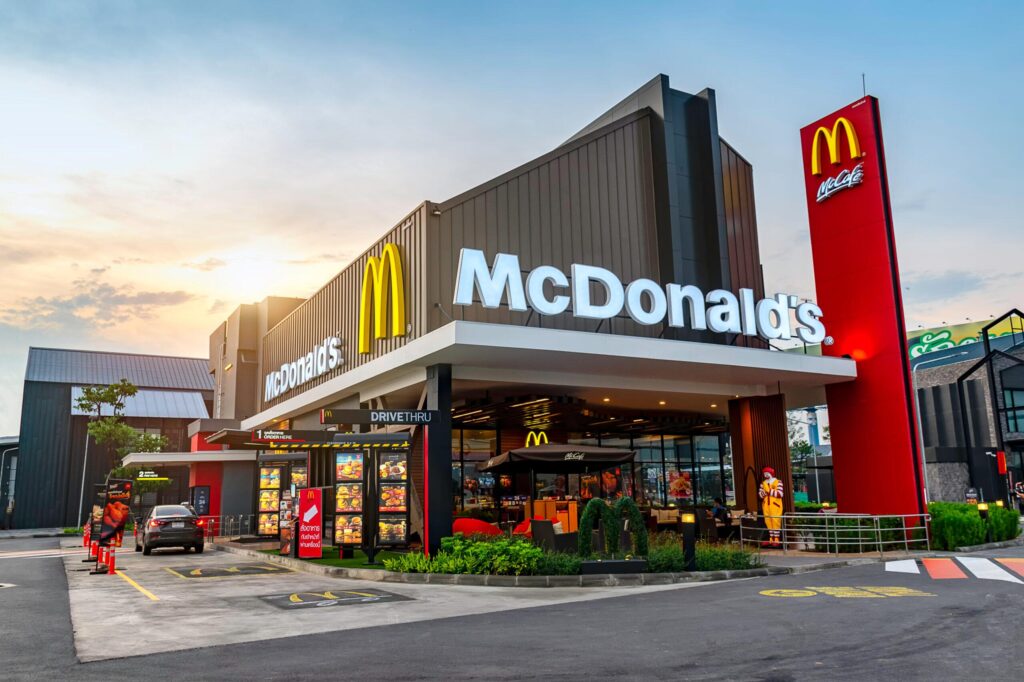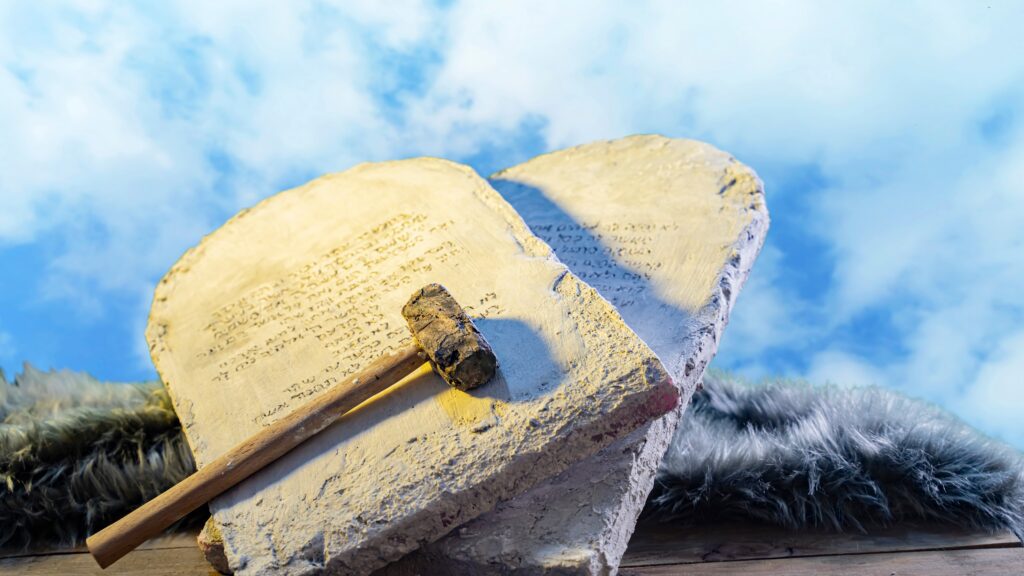Urban Heat Island effect could make heat waves feel hotter in Rochester
Written by Site Hub on June 22, 2024
The Urban Heat Island (UHI) effect is making the current heat wave in Rochester feel even hotter. This phenomenon occurs because urban areas, with their large expanses of asphalt, concrete, and stone, trap and store heat during the day and re-radiate it at night. As a result, city temperatures can be 2 to 6 degrees Fahrenheit higher than those in surrounding rural areas.
Rochester, although smaller than major cities like New York or Los Angeles, still experiences significant UHI effects. Research by Chandana Mita, Ph.D., an Associate Professor of Geosciences at Auburn University, indicates that even small cities can see temperature differences of 4 to 6 degrees Fahrenheit between urban cores and rural areas.
Data collected on June 19, 2024, in Rochester showed a 15-degree temperature difference between a grassy area and a busy asphalt intersection, illustrating the UHI effect’s impact. Mitigation strategies include implementing cool roofs, which involve painting roofs white to reflect heat, and developing green roofs and green walls. Reducing vehicle traffic in cities can also help lower temperatures.
Rochester is undertaking several projects to combat the UHI effect. The Inner Loop North project aims to create up to 8 acres of green space, providing “cool islands” that reduce overall city heat and offer residents relief. The project will also expand bike infrastructure, promoting less vehicle use. Additionally, the city’s Urban Forest Master Plan involves planting and maintaining street and yard trees, which provide crucial shade and reduce heat absorption by asphalt.
These efforts are part of a broader strategy to mitigate the UHI effect and improve the quality of life for Rochester residents during heat waves.
Source: Rochester First




